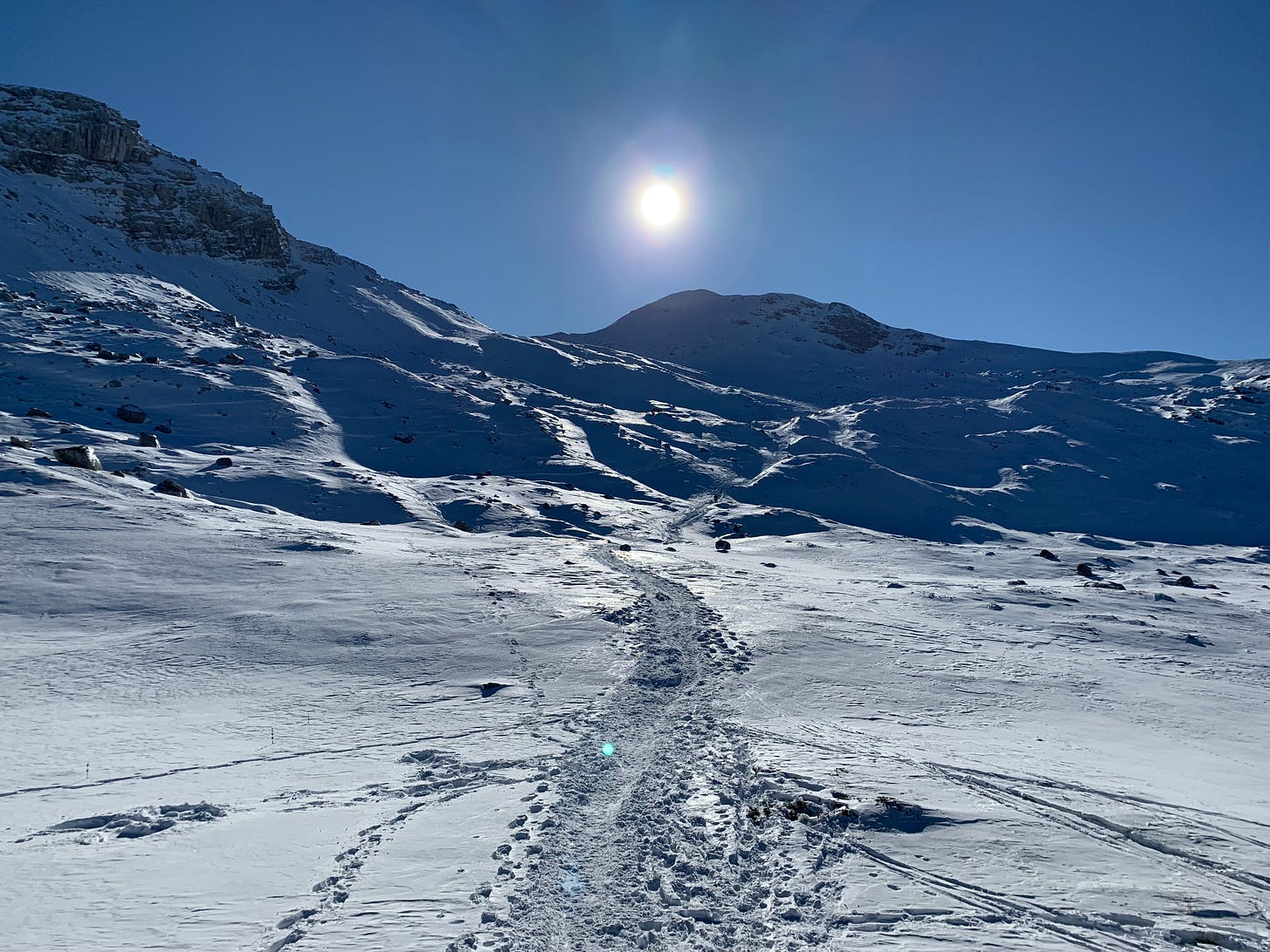Every 25 years — following a tradition that began in 1300 — the Pope proclaims a “Jubilee,” a special year of pilgrimage and conversion, inspired by the ancient Hebrew legislation recorded in the Book of Leviticus. In his message proclaiming the Jubilee of 2025 AD, Pope Francis decrees that this Jubilee will focus specifically on the theme of hope, in a moment of history whose accelerating unpredictability seems to exclude all the normal human motives for hope. In spite of this apparent darkness, the Pope calls on Christians to recognize the deeper signs of hope that are already present here and now, resisting the temptation to “protect” our hope in the unfalsifiability of absolute transcendence:
In addition to finding hope in God’s grace, we are also called to discover hope in the signs of the times that the Lord gives us. As the Second Vatican Council observed: “In every age, the Church has the responsibility of reading the signs of the times and interpreting them in the light of the Gospel. In this way, in language adapted to every generation, she can respond to people’s persistent questions about the meaning of this present life and of the life to come, and how one is related to the other” (Gaudium et Spes, n. 4). We need to recognize the immense goodness present in our world, lest we be tempted to think ourselves overwhelmed by evil and violence. The signs of the times, which include the yearning of human hearts in need of God’s saving presence, ought to become signs of hope.
The “sign” the Pope mentions, the “yearning of human hearts in need of God’s saving presence,” has been a constant presence in my own life over the past year, palpable in many conversations with friends from a variety of cultural and religious backgrounds. These friendships have found a firm foundation in a shared desire for a realistic “path” of hope: a way of interpreting our historical circumstances and our own actions in a way that opens up to a positive transformation of ourselves and (if possible) the world. Several of these friends have encountered paths of hope in ancient wisdom traditions, and are eager to learn more about the similarities and differences between their discoveries and my own path as a Christian.
This experience illustrates one of the many ways in which the 21st century resembles the first centuries of Christian theology, the time of the Fathers of the Church. The late Roman Empire also saw a profusion of paths of hope, all claiming ancient pedigrees. And the earliest Christian intellectuals set themselves the task of radically separating their own path from all of these, as something utterly unique, universal and exclusive. This was one of the main points that provoked the ire and astonishment of their philosophical contemporaries, but was something from which they refused to back down — even as they freely assimilated many elements of the vocabulary and structure of these competing proposals. And the return of this context opens the door for Christian theology to return to the core of its original task: maintaining the coherence and continuity of this path of hope as a gift received from above, given directly by the Creator himself.
If all my theological work is ideally directed towards this end, I want to use this year’s Substack posts to pursue it more directly and explicitly. In particular, I want to take advantage of one crucial difference between our own age and that of the Fathers, which I have less opportunity to explore in my current academic investigations. Due to the centrality of Christianity in the rise and consolidation of Europe, the shared language and conceptual landscape of contemporary Western culture still preserves many aspects of the Christian path. While the Fathers had to struggle long and hard to formulate certain conceptual innovations against the background of Greek philosophy (e.g., the eternal significance of the individual and of historical contingency) to protect the integrity of the Way they had received, our own cultural inheritance enables us to express these same principles much more simply and naturally.
This aim coincides with the theme of an ongoing series of articles coordinated by the Opus Dei office of spiritual direction, dedicated to describing the “path to holiness.” I have been asked to write one of the essays, due to be published this autumn. These articles are meant to be immediately relevant to people already committed to seriously pursuing the Christian “path” in their everyday life, with no extraneous academic pretentions. This frame implicitly motivates the authors to seek the simplest and most direct way of presenting the content, taking full advantage of the resources latent in our language and culture. But all the contributors are also deeply versed in the Bible and in the whole tradition of Latin theology, and strive to present as faithfully as possible the true contours of the Way itself, without any personal additions or conjectures.
My main plan for this year of Substack is simply to comment on selections from these articles twice a month, explaining aspects that might be hard to follow for those less familiar with the Catholic tradition, and drawing out the theological presuppositions behind some of the central claims. This will provide a vehicle for covering all the essential aspects of the Christian path over the course of the year, laying the groundwork for further investigation and conversation on particular points of interest.
My first installment, planned for this weekend, will focus on the title of the series: “combate, cercanía, misión” — “combat, closeness, mission.” We will see how this way of describing the three dimensions of the path integrates the traditional formulations with modern language in a way that perfectly incarnates the goal I’ve sketched here.



